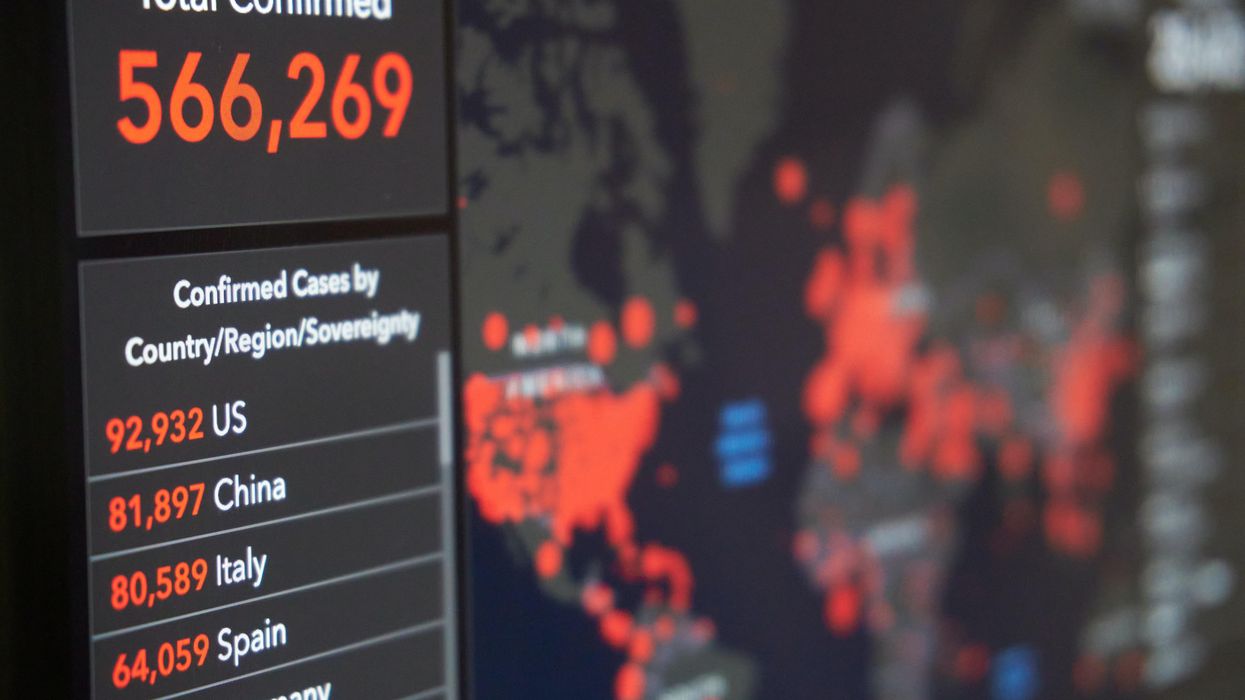What Do The Stunning Statistics That Emerged From 2020 Actually Mean?
We're a statistics-happy society. We obsess over the latest numbers on just about everything — birthrates, jobs and population changes — mining them for trends.
Some stats are really obscure, such as the shocking amount of electricity Bitcoin uses. The digital currency's complex computing process devours 143 terawatt-hours a year — more than the country of Norway! Can you believe?
Anyhow, the commonly quoted stats are dribbling in, but because they are being compared to those of the wildly abnormal pandemic year of 2020, what should we do with them? The answer may be to marvel at the dramatic shifts but with asterisks attached.
Take changes in state and city populations. California reported a net loss in population last year, the first time since 1900, when the state started counting. The effects of the pandemic, says Hans Johnson of the Public Policy Institute of California, should put an asterisk on last year's shrinkage.
Two big reasons for the falloff were the large number of COVID-19 deaths and a sharp decline in international immigration. But as shots in Californian arms curb the disease and more normal immigration patterns return, the state should resume growing slowly, as it has in recent years, Johnson adds.
New York state also lost people last year. Some of it resulted from COVID lockdowns sending people out of its cities to less crowded parts of the country. As with California, however, more of it reflects a decline in foreign immigration, according to the Empire Center.
The country as a whole last year grew at its slowest pace since 1918 — by only 700,000 residents, or 0.2 percent. Some of that low count reflects deaths from COVID and a lower birthrate. The number of babies born in the U.S. hit a 4 million high in 2015 and has fallen every year since.
The pandemic may have accelerated the process. Last December, when babies conceived early in the health crisis would have been born, the U.S. birthrate posted its sharpest decline in history. Was a drop-off this severe a temporary phenomenon reflecting health and economic fears of those strange times? We will see.
Cities are reporting significant spikes in shootings. Experts have offered some pandemic-related explanations for that as well. Lost jobs, closed schools and suspended after-school activities have left vulnerable young people on the streets where violent youth gangs do their recruiting.
COVID knocked the economy on its rear, so a large jump to more normal levels of consumer spending is producing price numbers that just reflect a return to normal. Gasoline prices, for example, soared 50 percent in April compared with the same month of 2020. For perspective, though, they actually decreased 1.4 percent from March 2021.
Economists surveyed by the Wall Street Journal expect the economy to grow in the second quarter at an annual rate of 8.1 percent over the same time a year earlier. This would be the most torrid growth in about 40 years. Then again, consider the pathetic base we're starting at — the annus horribilis of 2020.
The Centers for Disease Control and Prevention says the number of new COVID cases — almost 350,000 a week early this month — could drop to below 10,000 by August if vaccinations continue apace. The scourge seems to be ending, and barring some other astounding turn of events, the trend lines could start becoming less dramatic.
Clearly, 2021 is turning into a whole new ballgame. Making comparisons to the sick, sick year of 2020 may offer opportunities to exclaim over the biggest year-to-year surge or drop in this or that since the nation's founding. We can have fun with that, but, hey, remember the asterisks.
Follow Froma Harrop on Twitter @FromaHarrop. She can be reached at fharrop@gmail.com. To find out more about Froma Harrop and read features by other Creators writers and cartoonists, visit the Creators webpage at www.creators.com.









